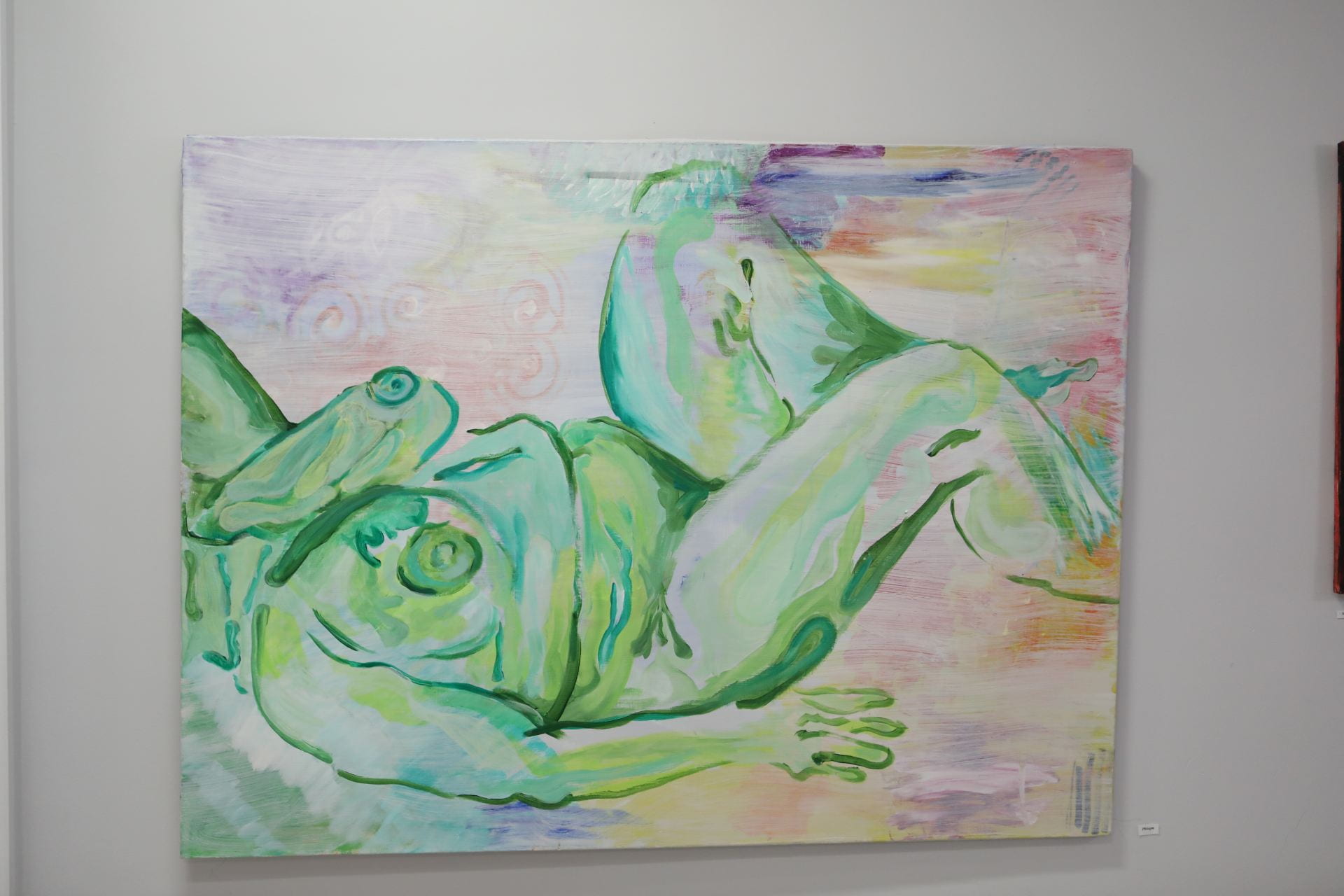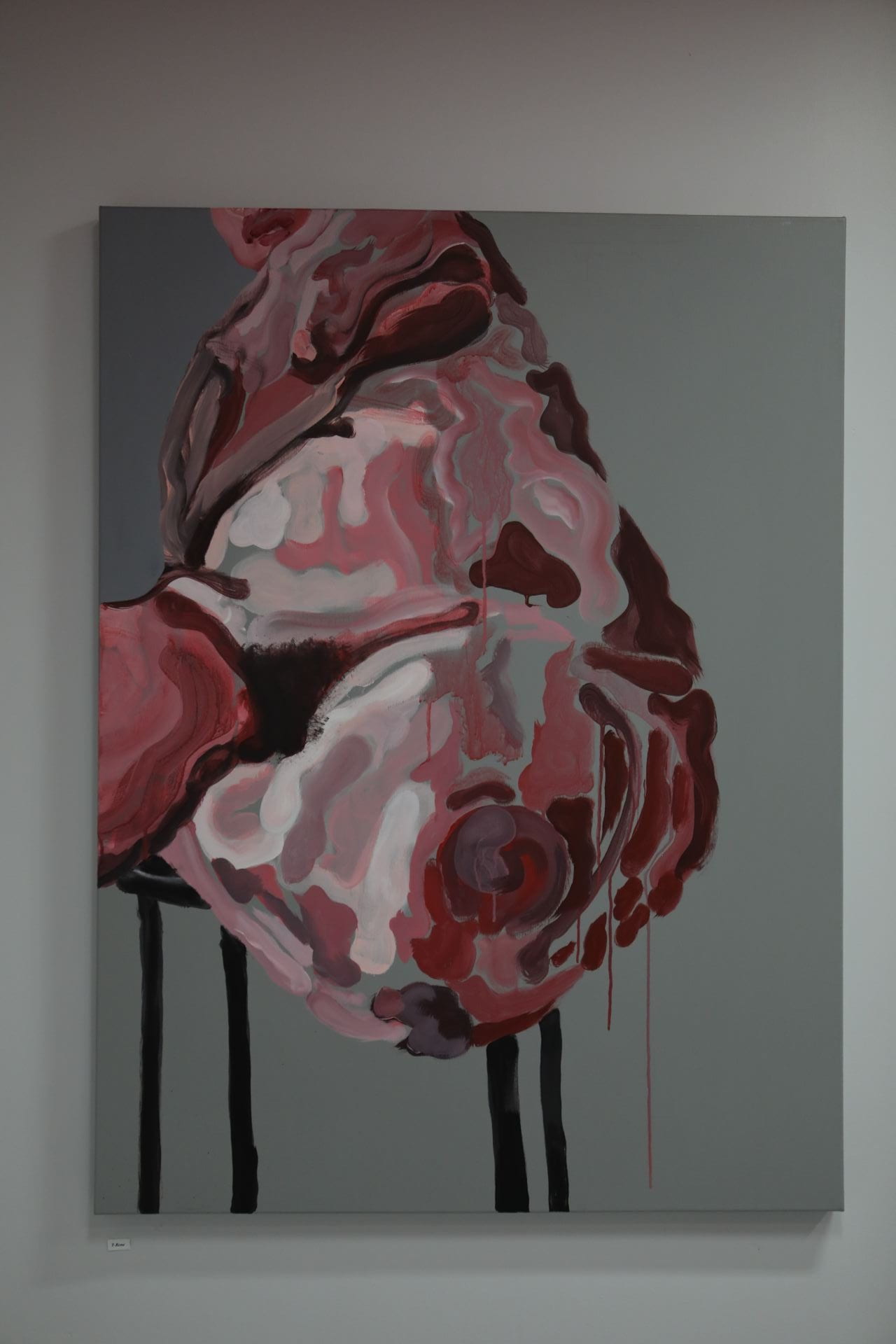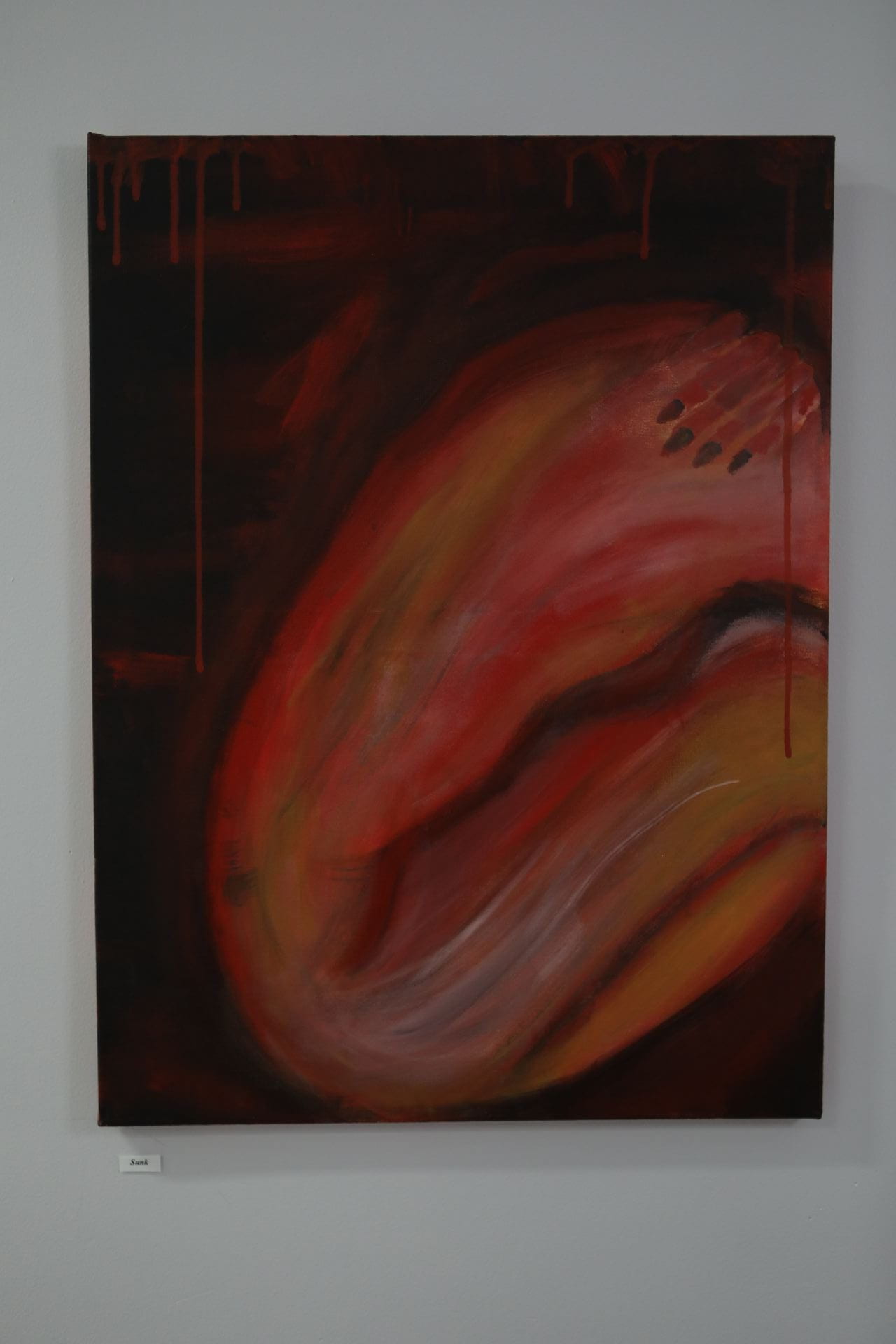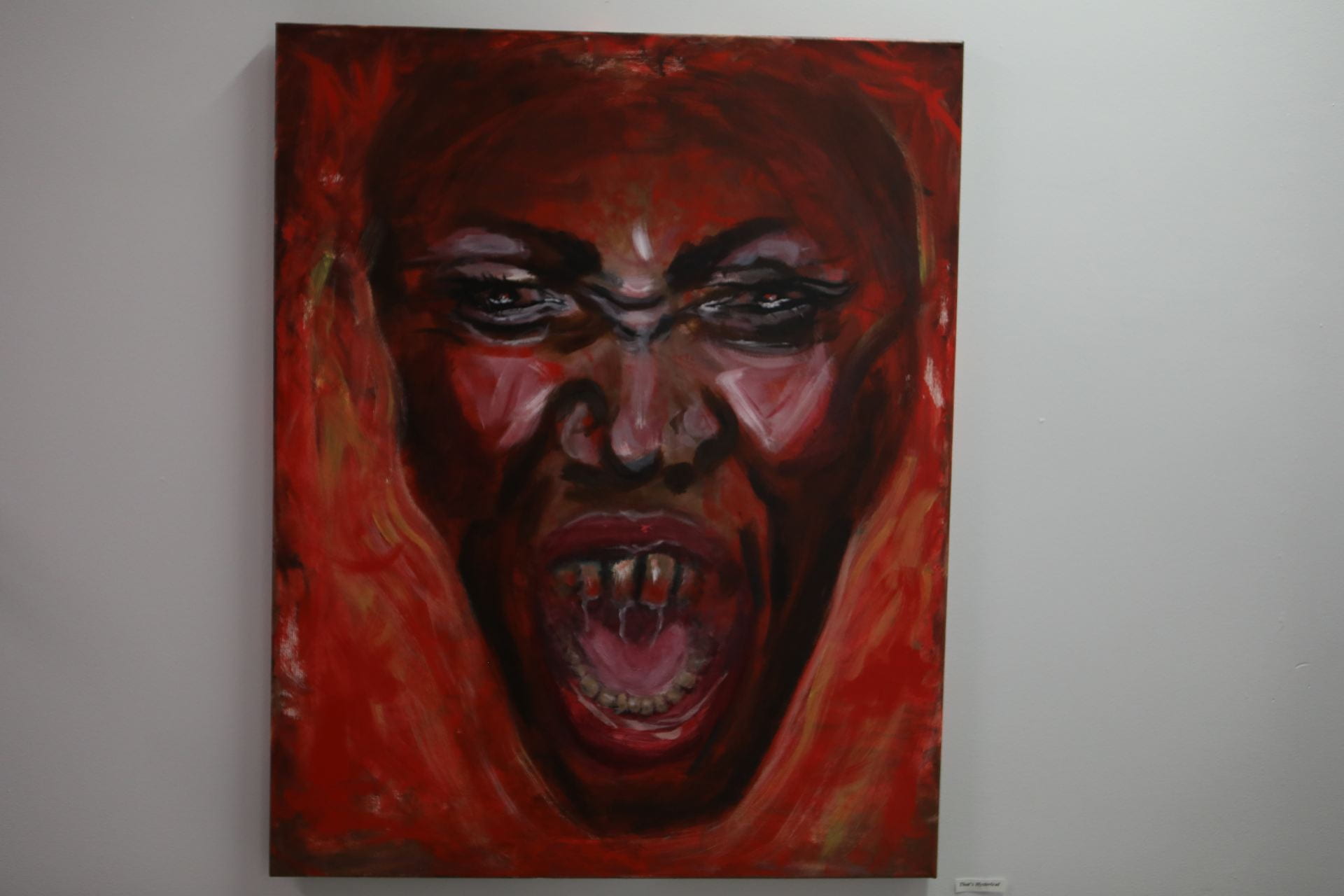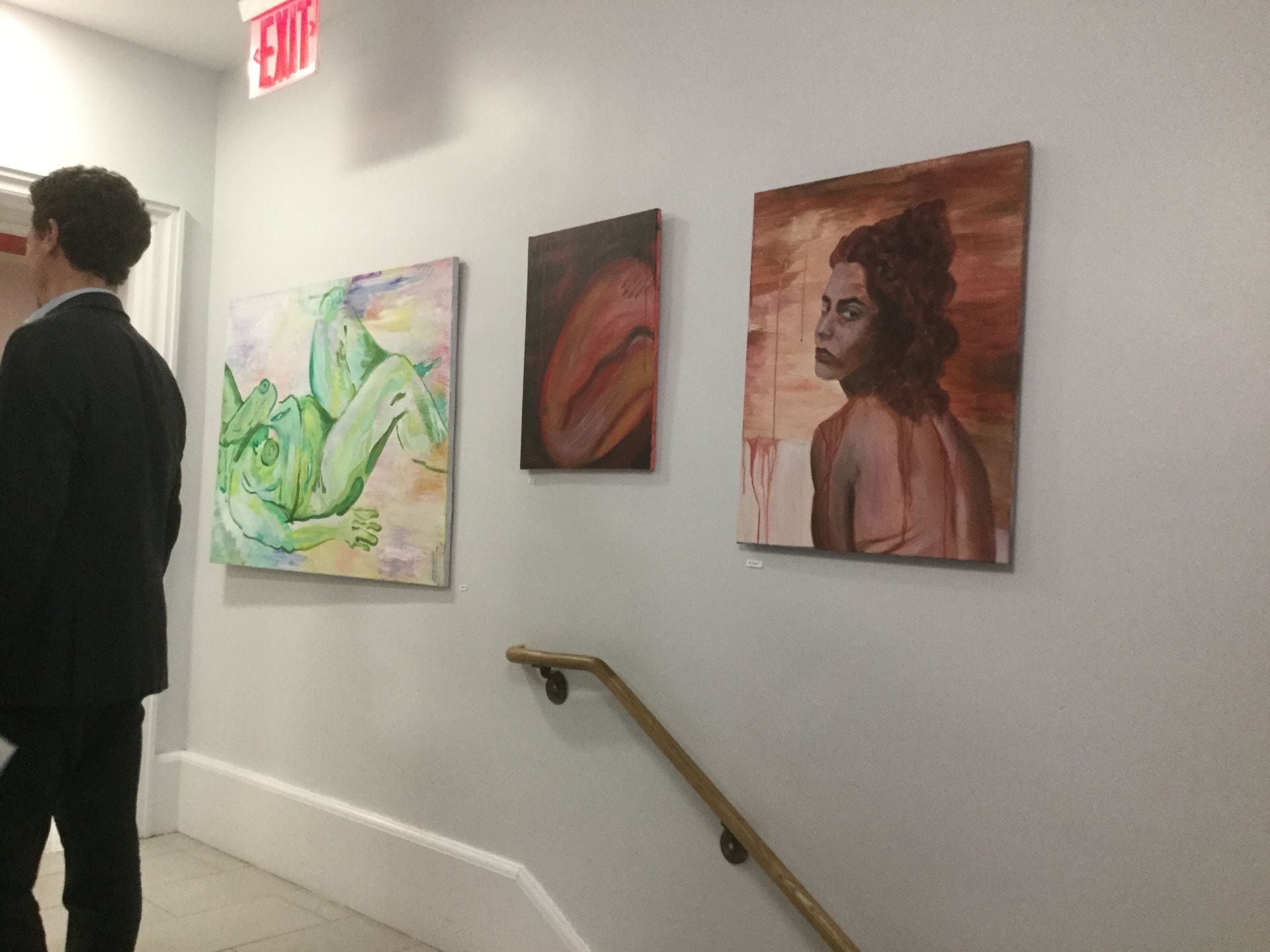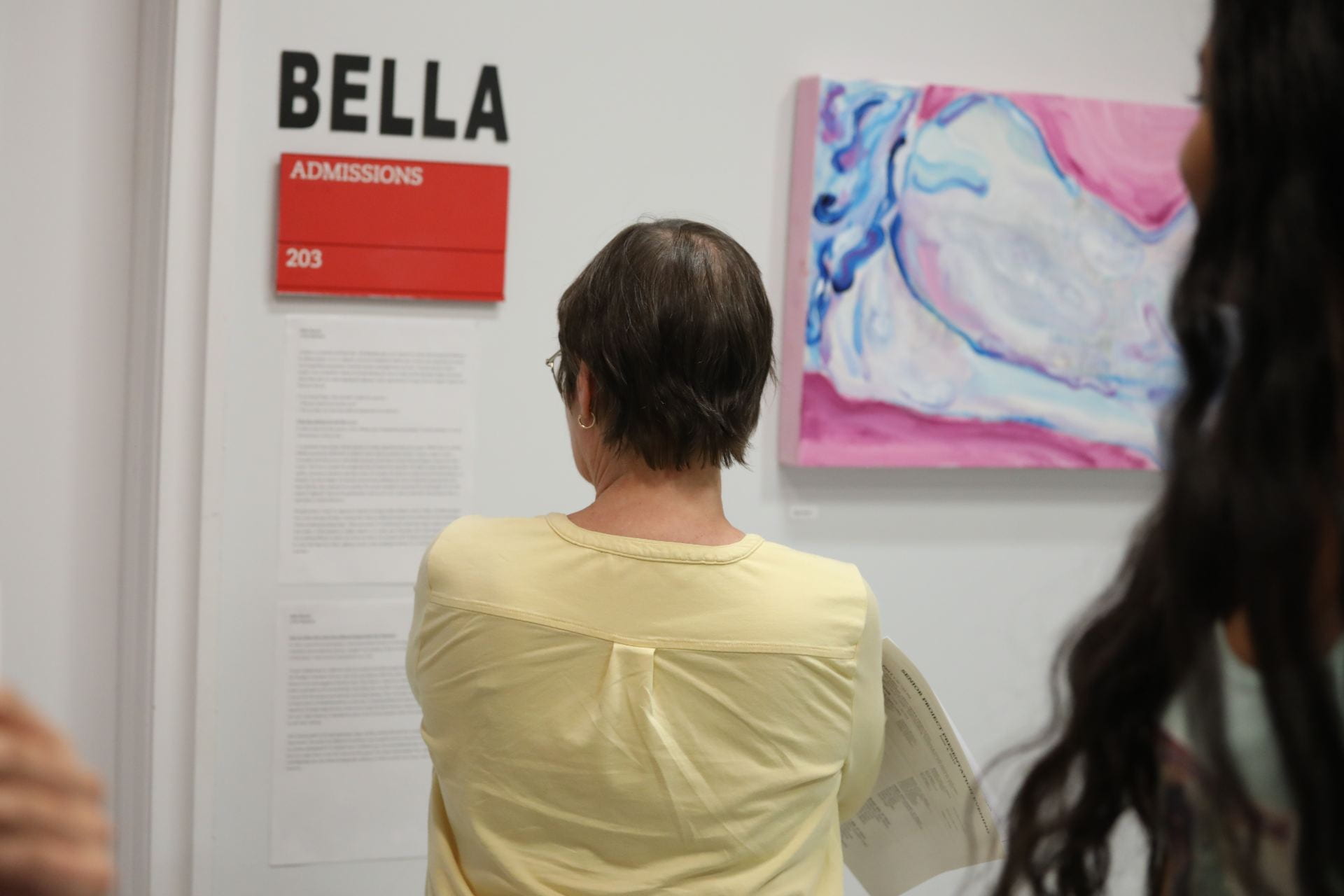Feminist Art: An Exploration – Bella
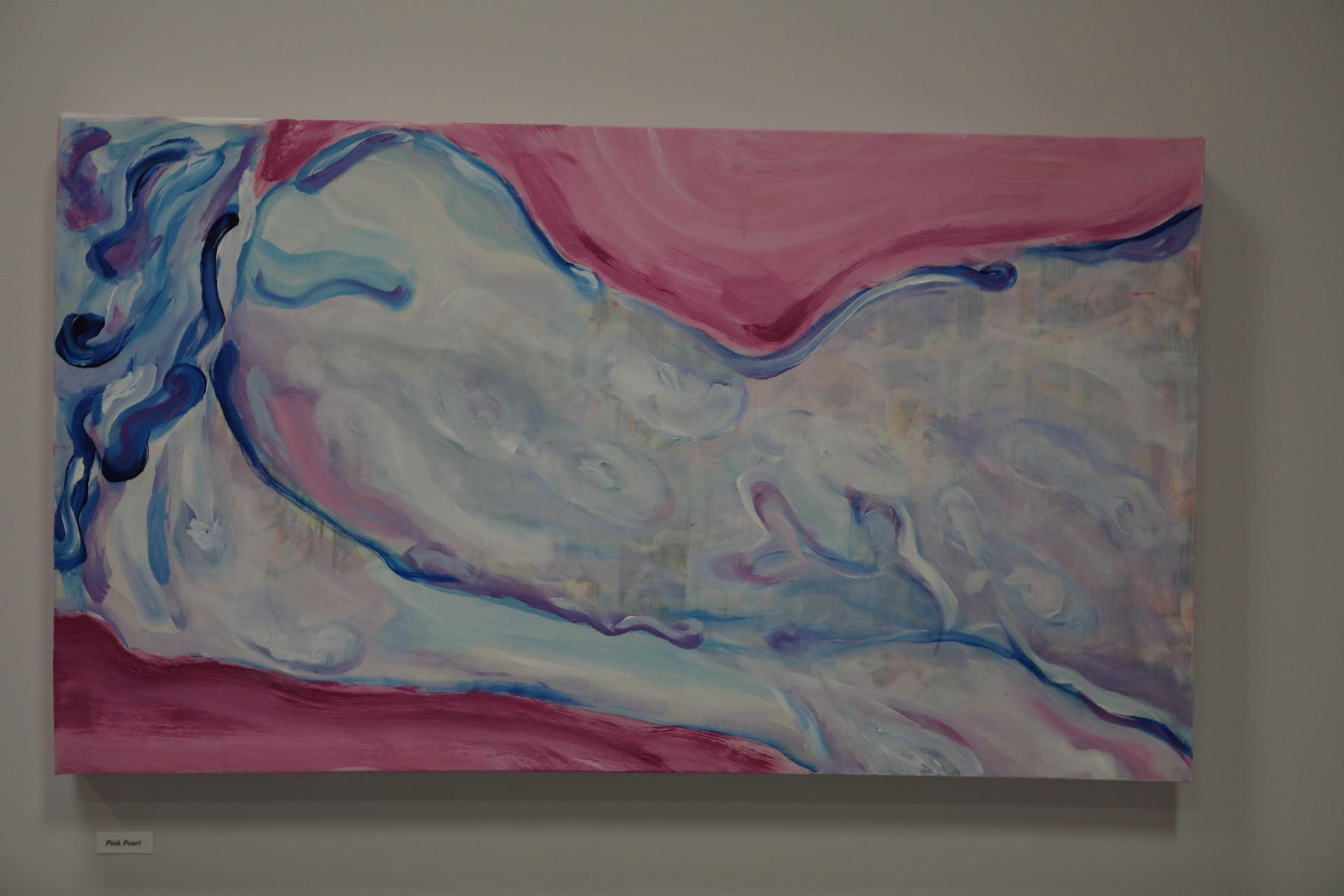
Feminism is an immense and broad topic. And dependent upon your viewpoint it’s essence can be interpreted differently by different people. Art too is subjective, and can be interpreted in infinite ways. Art has a way of piercing your surface level interpretations and getting to more base emotions and deeply held convictions. I intend to use art to explore people’s views on feminism. Feminist art should challenge the viewer to think and feel and spark a larger conversation about where each of us stands regarding the oppression and/or empowerment of women. My art is meant to express more than my words can.
For my Senior Project, I have decided to explore two questions:
- What does feminist art look like to me?
- How do others who come from different backgrounds view feminism?
What does feminist art look like to me?
In order to answer the first question, I have reflected, then conceptualized and produced 13 acrylic paintings on various sized canvases.
I’ve approached senior project with the intention of creating impactful art that moves people. Whether they are shocked, offended, grossed out, empowered or confused I want to ignite an authentic reaction. I want my images to spark a conversation about the pervasive and insidious pressures in all walks of society that are designed to shame and control women. I also want to celebrate the strength and unity of women across the globe who fight to escape oppression, gain equality, and empower themselves and other women. For example, the image of a woman covered in blood staring at you demands to be acknowledged. The intensity and seriousness challenges the viewer. It asks them tough questions that require that they take a stand and own a position. Do you feel sympathetic towards her? Do you feel guilty? Do you feel inspired? Frightened? These are the questions that I want my art to ask. I want to confront the viewer and give them an opportunity to confront themselves.
Throughout these 6 weeks I’ve adjusted my trajectory to include art that celebrates women’s bodies. All different shapes, sizes, colors, and types of bodies. I portrayed the women as vibrant and energetic in powerful poses to show their beauty, without sexualizing the female figure. Within these pieces, I’ve found that the female body image, whether it be from the male, female, or other perspective, is highly subjective. As a result, some of the pieces elicit varied responses. Everyone sees something different. Is a heavy set woman more likely to be viewed as sad? Is skinnier more beautiful? Whether it be a piece that empowers women, oppresses women, or does something in between, it is a self reflection of the viewer’s experience.
How do others who come from different backgrounds view feminism?
In order to answer the second question, I interviewed women and men of various ages, backgrounds, and sexual orientations and recorded their answers. I thought it was necessary to listen to as many opinions of feminism as possible for this project. I want to be truly intersectional in my work.
I found it enlightening how within the context of a normal conversation, people were able to freely and easily express their thoughts on feminism. However, once I put a microphone to their face, many of the verbose and forthcoming people became nervous and struggled to find their words. They’d ask me, “what do you want me to say?”. I felt like many people would rather say the most politically correct thing, than voice their own genuine opinion. It highlighted that everyone feels the pressures and sensitivities surrounding feminism. They consciously or subconsciously sense that there are repercussions to mishandling questions on this topic. If I learned anything from interviewing others, it’s the importance of actually taking the time to listen to how people feel about feminism, activism, politics, really anything. How can I expect someone to understand my point of view if I never listened to thiers? We need to hear and be informed by each others opinions.
Senior project guided me through hopelessness, anger, and fear, and then delivered me to a feeling of pride, strength, and empowerment. This project was difficult for me because I was courageous and dove deep into my fears. I contemplated my positions and perspectives on feminist issues. I solidified some views and realized that there is much that I still don’t know as a young woman. In the end, I came out of this project with a better understanding of how others navigate the world depending upon their different backgrounds, enabling me to better contribute and connect to the community around me.
